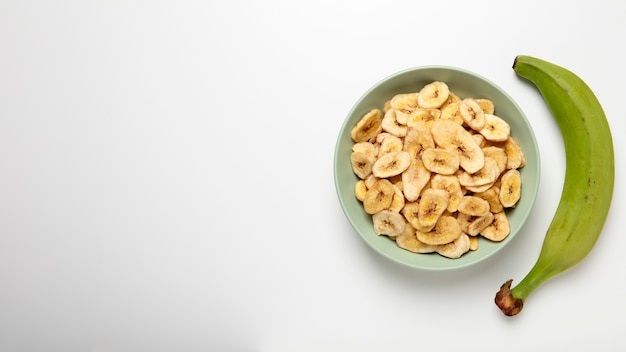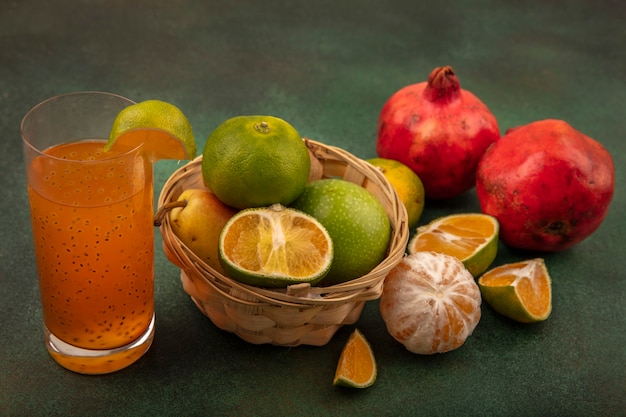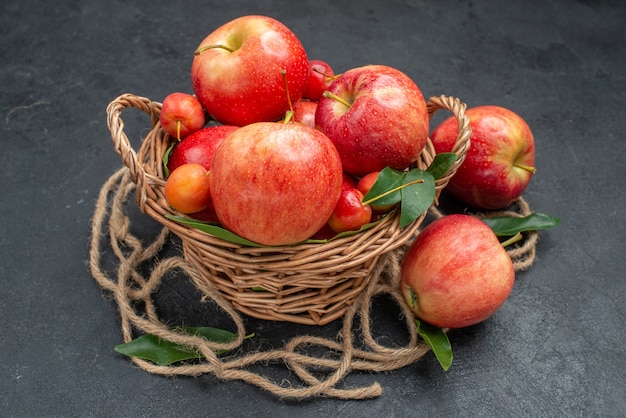Proteins are crucial for our bodies, playing a vital role in the structure, function, and regulation of tissues and organs. They are made up of smaller molecules called amino acids, linked by peptide bonds. Chains of fewer than 100 amino acids are called polypeptides, while longer chains are referred to as proteins. There are about 50,000 different proteins in the human body, each performing unique functions based on their specific amino acid sequences. Our bodies create these proteins by assembling amino acids obtained from the foods we consume.
Protein digestion starts in the stomach, where enzymes like pepsinogen and hydrochloric acid break proteins down into oligopeptides (short chains of amino acids). The digestion process concludes with pancreatic proteases, enzymes that further break down proteins into individual amino acids. These enzymes include endoproteases, which break internal peptide bonds, and exopeptidases, which break terminal amino acid bonds. Once broken down, amino acids, dipeptides, and tripeptides are absorbed and transported to the liver.
In the liver, individual amino acids serve various purposes. They support immune responses, hormone and vitamin synthesis, nerve impulse transmission, energy production, and catalyze many metabolic processes. Amino acids also play a role in protein synthesis, creating new proteins essential for growth, maintenance, and cellular structure repair.
High protein intake doesn鈥檛 necessarily result in weight loss or muscle gain and could lead to fat accumulation if paired with a high-calorie diet. Consuming large amounts of a specific amino acid can hinder the absorption of others due to competition for the same transport system.
In conclusion, proteins are essential for growth, repair, and biochemical reactions. Understanding how proteins are digested and metabolized underscores their importance and the need for a balanced diet.







